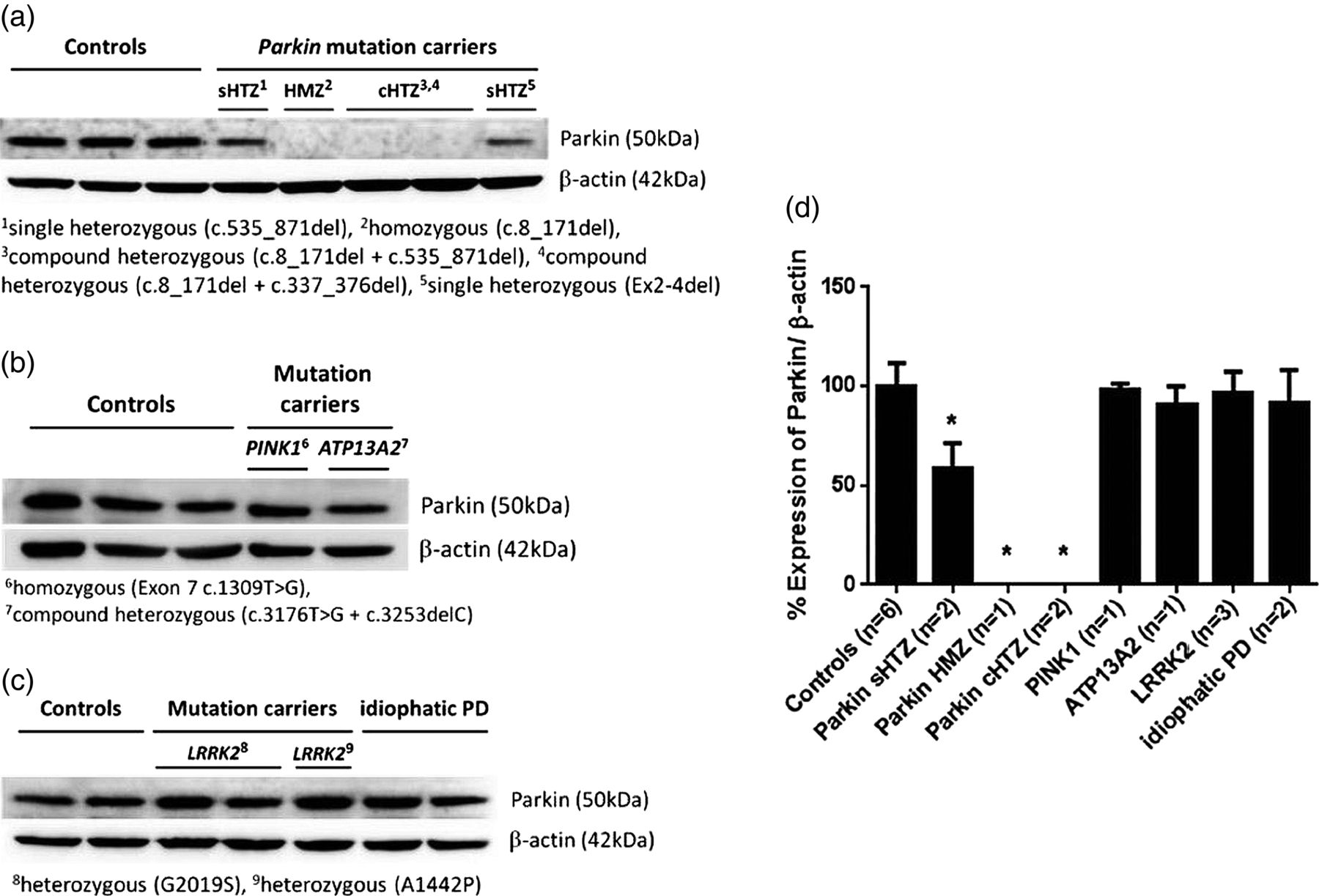Blots Disease
Overview
Bloat, also called hoven or ruminal tympany, disorder of ruminant animals involving distention of the rumen, the first of the four divisions of the stomach, with gas of fermentation. Bloated cattle are restless and noticeably uncomfortable and have distended left flanks. Line Blots – AESKUBLOT. The AESKUBLOT test line includes a variety of different immunoblots for efficient profile testing of autoimmune and infectious diseases. January 2020—“You can eliminate blots altogether!” may sound like a pitch for a cleaning product. But it’s a line from a webpage of Zeus Scientific touting the new algorithm for Lyme disease testing that ditches Western immunoblot in favor of a two-enzyme immunoassay test sequence. Lyme disease is diagnosed based on symptoms, physical findings (e.g., rash), and the possibility of exposure to infected ticks; laboratory testing is helpful in the later stages of the disease. Only a positive Western Blot test can confirm the diagnosis of Lyme disease.

Prion disease is a rare, progressive, neurodegenerative disorder that affects humans (vCJD, CJD), cows (BSE), sheep (Scrapie), and elk/deer (CWD). It leads to characteristic brain lesions and a rapid loss in neurological functions after a long latency period. The accumulation of an altered isoform of a normal cellular protein appears to be instrumental in the development of prion disease.
There are several ways to identify the presence of the abnormal prion protein - a bioassay, immunohistochemistry on diseased tissue samples, and with a faster, well-characterized, and sensitive Western blot.
Bots Disease


The Western blot below shows Scrapie infected sheep brain lysates (Lanes 3&4) compared to normal sheep brain lysates (Lanes 1&2). The key to this particular Western assay is the use of Proteinase (PK) treatment on parallel sets of samples. Since the Scrapie associated form of the prion protein is resistant to digestion, it is possible to distinguish between normal cellular forms and abnormal prion protein in a sample based upon their sensitivity to PK.
Thus, it is possible to discriminate diseased samples from normal ones quickly and unambiguously on a Western blot. The absence of bands in lane 2 indicates that the normal form is present as compared to the bands visible in lane 4, which indicate the presence of the pathogenic form.
Figure 18: Detection of Scrapie Infected Sheep Brain. Bands in lane 4 indicate that the protease resistant form of the prion protein is present in the sample as compared to normal tissue in lane 2. Lanes 1&2: Uninfected sheep brain homogenate. Lanes 3&4: Scrapie-infected sheep brain homogenate. Lanes 1&3: No PK added. Lanes 2&4: Digested with PK.
Confirmation of HIV
In the diagnosis of HIV infection in patients, an ELISA is used first because it demonstrates 99 .5% specificity and is quick and easy to perform on a large number of samples. Western blotting is used as a supplementary assay because the ELISA is subject to false positives.
In order to perform this assay, patient serum samples are used as the source of antibodies for immunodetection, and blots containing HIV antigens, proteins, viral lysates, or peptides are used as the source of target antigen on the Western blot. If the HIV target proteins on the blot are detected by the patient serum then it indicates that the patient sample is a true positive for HIV infection, since an immune response has been mounted by the patient. A similar strategy is also used in tests for Lyme disease and autoimmune disease.
Blount's Disease
| Western Blot Example: Demonstrating Antibody Specificity. | Chapter 5: Western Blot Buffers |